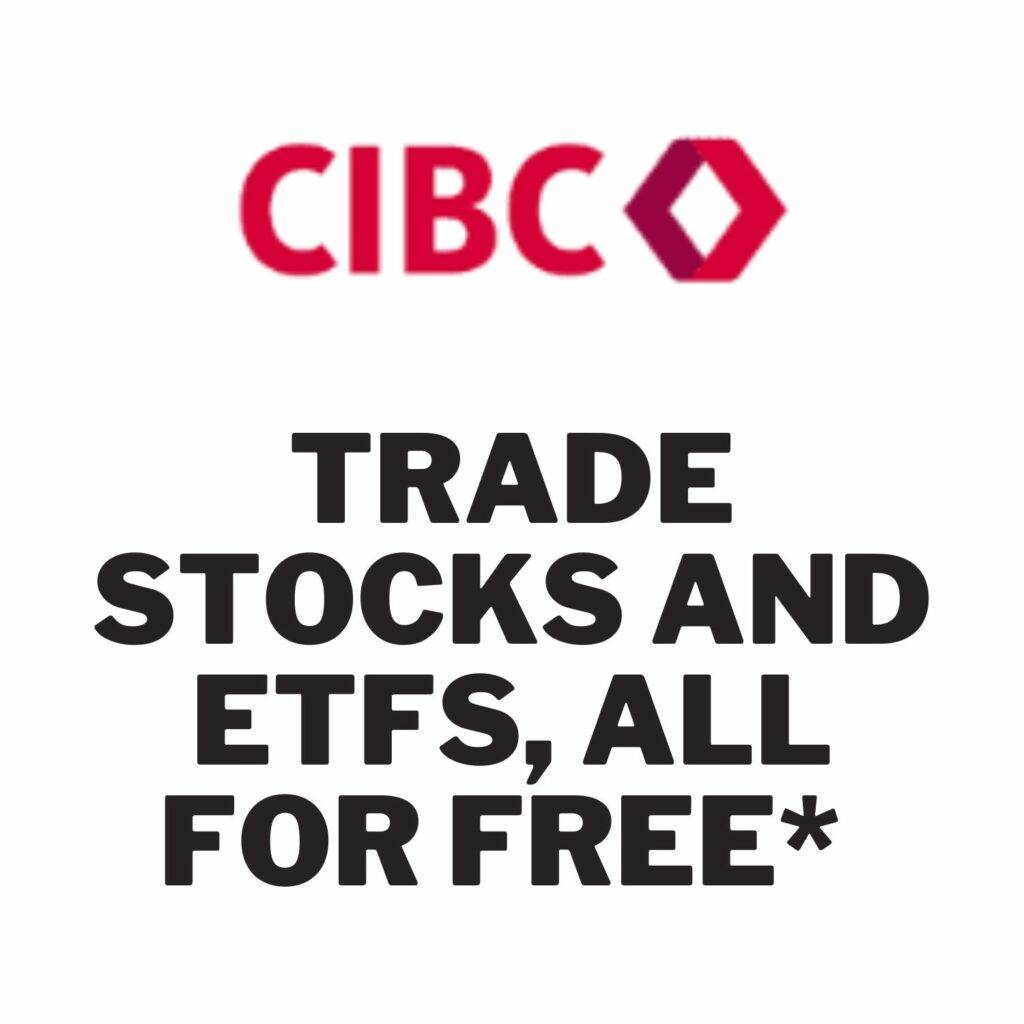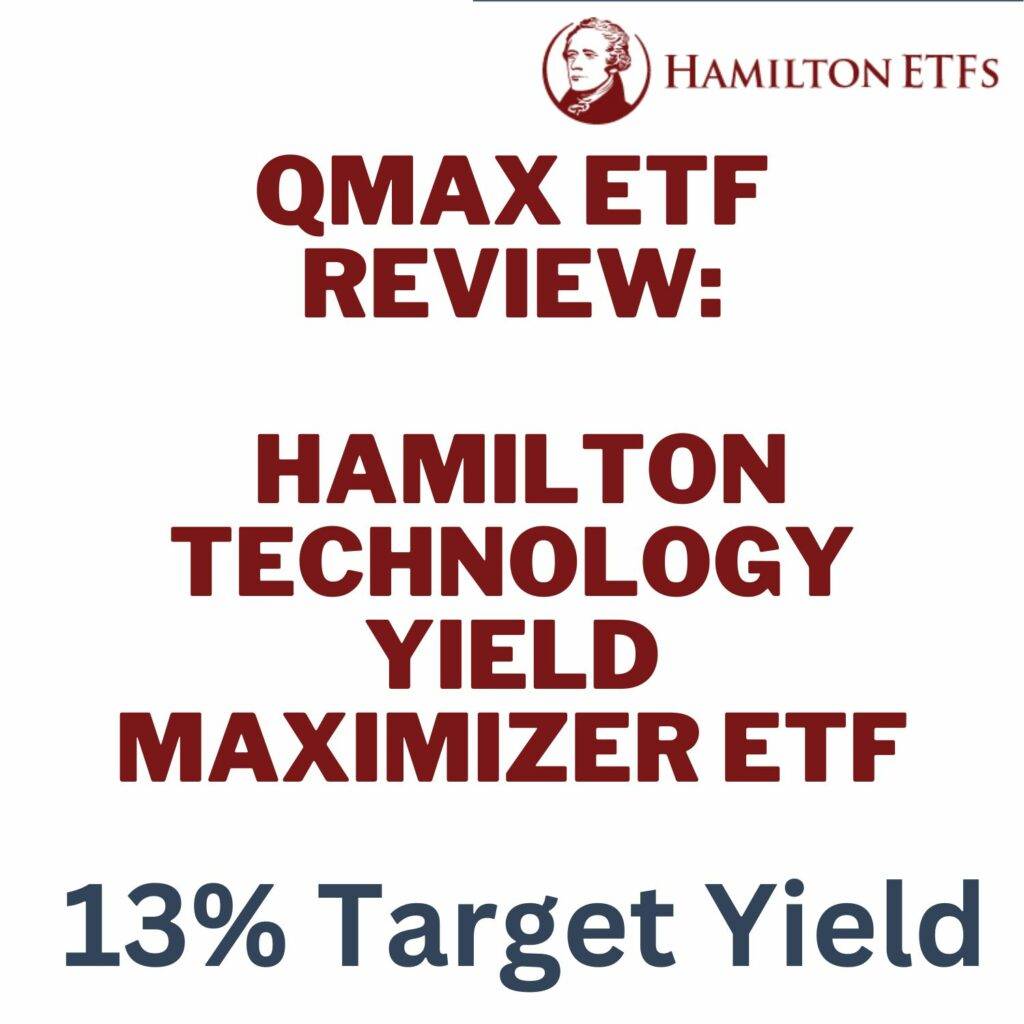The Hamilton Technology Yield Maximizer ETF, commonly known as QMAX ETF, presents a compelling investment opportunity, especially for those looking to diversify their portfolio with a focus on technology equities. This QMAX ETF review aims to provide a comprehensive overview of its investment objectives, highlights, and suitability for investors, emphasizing its unique strategy and potential benefits.

Executive summary
| Feature | Hamilton Technology Yield Maximizer ETF (QMAX) |
|---|---|
| Fund Overview | ETF focusing on technology stocks with a strategy to provide growth and income through dividends and a covered call strategy. |
| Investment Strategy | Invests in the 15 largest U.S. tech companies equally, while employing an active covered call strategy on approximately 30% of the portfolio. |
| Monthly Distributions | Offers regular monthly income, appealing to investors seeking consistent cash flow. |
| Equal-Weight Exposure | Provides diversification by equally investing in major tech companies, avoiding overconcentration in a single stock. |
| Active Covered Call Strategy | Aims to enhance income and reduce volatility; involves selling call options on a portion of the portfolio. |
| Growth Potential | Although focusing on income, approximately 70% of the portfolio is unhedged, allowing significant growth potential from the tech sector. |
| Management Experience | Managed by a team with notable experience in managing covered call ETFs, adding a level of expertise in option strategies. |
| Risks | Includes capped upside potential due to call options, complexity in management, market volatility, and performance dependency on underlying stocks. |
| MER (Fees) | Not yet published; an important factor to consider as it will impact the overall performance and cost-effectiveness of the investment. |
My Take on QMAX.TO
I find the Hamilton Technology Yield Maximizer ETF (QMAX-T) to be a compelling option for certain investors. Here’s why:
Balanced Option Strategy: The fund’s strategy of using covered calls on 30% of its portfolio strikes a reasonable balance. It aims to secure high dividend income without significantly compromising growth potential. With 70% of the portfolio unhedged, investors can still largely benefit from the robust growth potential of the tech industry.
Growth and Income Potential: The tech sector witnessed a dynamic growth. QMAX-T allows investors to tap into this growth while simultaneously receiving monthly income. This dual benefit can be particularly attractive in a diversified investment portfolio.
Experienced Management: Managers of the fund have a great experience with managing covered call ETFs. This adds a layer of confidence. Experienced management can be crucial in navigating the complexities of option strategies and making informed decisions that align with market conditions.
Diversification Benefits: With its equal-weight exposure to the 15 largest U.S. tech companies, the fund offers a well-diversified approach within the tech sector. This can help mitigate risks associated with overconcentration in a few stocks.
What is QMAX ETF?
The Hamilton Technology Yield Maximizer ETF is an Exchange-Traded Fund (ETF) that primarily focuses on technology stocks. Unlike traditional tech ETFs, QMAX-T aims to provide not just growth but also income. It does this through a strategy that involves investing in technology companies with potential for high dividend yields.
How Does QMAX ETF Work?
QMAX-T employs a strategy combining stock selection and options. The fund invests in selected technology stocks, which are expected to have stable or growing dividends. Additionally, it uses an options strategy, known as a “covered call,” to generate extra income. This involves selling call options on stocks it holds, which can provide income in addition to dividends.
QMAX Highlights
Monthly Distributions: QMAX-T provides monthly income, which can be attractive for investors seeking regular cash flow.
Equal-Weight Exposure: The fund invests equally in the 15 largest tech companies in the U.S. This equal-weight strategy avoids overconcentration in any single company, promoting diversification within the tech sector.
Active Covered Call Strategy: To enhance monthly income and potentially reduce volatility, QMAX-T actively employs a covered call strategy.
Coverage Ratio: Approximately 30% of the portfolio is involved in the covered call strategy, aiming to balance income generation with maintaining about 70% growth potential.

Review JEPQ: JPMorgan Nasdaq Equity Premium Income ETF
Understanding the Risks in Active Call Option Strategy
While the active covered call strategy can enhance income and reduce volatility, it’s crucial to understand the inherent risks:
Capped Upside Potential: When a call option is sold on a stock, the upside is capped. If the stock’s price rises significantly, the ETF only benefits up to the strike price of the call option.
Complexity and Management Risk: Active management of options requires skill and timing. Poor management decisions can lead to suboptimal outcomes.
Market Risk: Despite the strategy aiming to reduce volatility, tech stocks can be inherently volatile. The market risks are still present.
Dependence on Stock Performance: The effectiveness of the covered call strategy partly depends on the underlying stock’s performance. If the stocks in the portfolio perform poorly, the strategy may not generate expected income.
Why Consider QMAX ETF?
- Income and Growth: For investors looking for exposure to the technology sector with the added benefit of income, QMAX-T can be attractive.
- Diversification: Investing in a range of technology companies can help diversify a portfolio.
- Professional Management: The ETF is managed by professionals who select stocks and manage the options strategy.
Things to Keep in Mind
- Risk Profile: Like any investment in the stock market, QMAX-T comes with risks, including market volatility, especially in the tech sector.
- Fees: ETFs have management fees, so it’s important to consider these costs.
- Income vs. Total Return: The focus on income might mean lower potential for capital growth compared to other tech ETFs.
How QMAX is able to deliver a 13% target yield?
the QMAX ETF distinguishes itself through its use of at-the-money (ATM) options, as opposed to the more commonly used out-of-the-money (OTM) options by many competing funds. This choice of ATM options is a strategic one, as they typically offer higher premiums compared to OTM options. The premium, which is the income received by the ETF from selling these options, is a critical component of the fund’s overall return. The strategy is applied to 30% of the portfolio.
ATM options are sold with a strike price very close to the current market price of the underlying asset. This proximity to the market price means that these options are more likely to be exercised, but it also means they command a higher premium due to their higher intrinsic value. In contrast, OTM options have a strike price that is further away from the current market price, making them less likely to be exercised. While this reduces the risk of the underlying assets being called away, it also results in lower premium income.
By opting for ATM options, QMAX aims to strike a balance between generating higher income through premiums and managing the risk of the options being exercised. This strategy is integral to the ETF’s goal of providing higher income streams to its investors, making it a distinctive feature in its approach to income generation and risk management within the technology sector.
QMAX Holdings
| TICKER | NAME | WEIGHT |
| AMD | Advanced Micro Devices Inc | 7.7% |
| AVGO | Broadcom Inc | 7.2% |
| QCOM | QUALCOMM Inc | 7.1% |
| INTC | Intel Corp | 7.1% |
| INTU | Intuit Inc | 7.0% |
| TXN | Texas Instruments Inc | 6.9% |
| META | Meta Platforms Inc | 6.6% |
| AMZN | Amazon.com Inc | 6.6% |
| TSLA | Tesla Inc | 6.6% |
| NFLX | Netflix Inc | 6.6% |
| GOOGL | Alphabet Inc | 6.5% |
| AAPL | Apple Inc | 6.4% |
| MSFT | Microsoft Corp | 6.4% |
| ADBE | Adobe Inc | 6.3% |
| NVDA | NVIDIA Corp | 6.3% |

Link to issuer: QMAX – Hamilton ETFs
Latest posts
- QYLD ETF Review: Global X Nasdaq-100 Covered Call ETF
- Review JEPQ: JPMorgan Nasdaq Equity Premium Income ETF
- Best US Dividend ETF in canada (2025)!
- JEPI vs JEPQ: Which ETF is the Best Investment for You?
- HYLD vs HDIF: Hamilton ETFs – A Closer Look
- Unveiling the Investment Duel: A Comparative Analysis of HDIF vs HDIV
- HDIV ETF review: Hamilton Enhanced Multi-Sector Covered Call
- TXF ETF: Maximizing Income from Tech Giants – A Canadian Investor’s Guide
This post aims to provide an educational overview of QMAX-T for Canadian investors. Remember, it’s important to do your own research and consult with a financial advisor for personalized advice.
HDIV ETF review: Hamilton Enhanced Multi-Sector Covered Call

